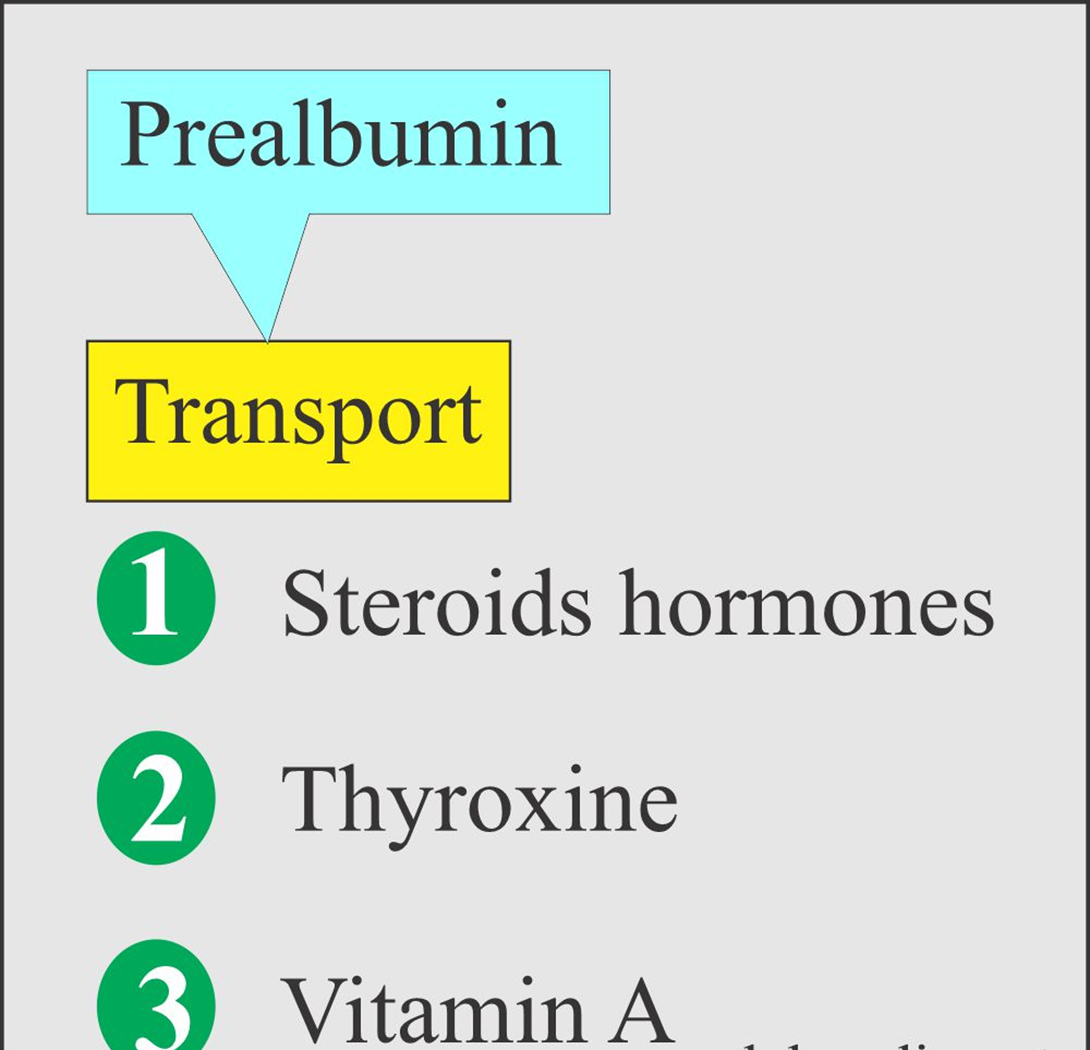A nurse is reviewing the laboratory values of a client who has been following a Mediterranean diet and exercising to manage cardiovascular disease. Which of the following laboratory findings should the nurse identify as a positive outcome of the client's interventions?
Increased glucose levels
Increased HDL levels
Increased LDL levels
Increased triglyceride levels
The Correct Answer is B
Choice A reason: Increased glucose levels are not a positive outcome of the client's interventions, but rather a sign of impaired glucose metabolism and insulin resistance, which can increase the risk of cardiovascular disease. The Mediterranean diet can help lower glucose levels by providing complex carbohydrates, fiber, and healthy fats, which can improve insulin sensitivity and blood sugar control.
Choice B reason: Increased HDL levels are a positive outcome of the client's interventions, as HDL stands for high-density lipoprotein, which is the "good" cholesterol that helps remove excess cholesterol from the arteries and protect against atherosclerosis and cardiovascular disease. The Mediterranean diet can help increase HDL levels by providing monounsaturated and polyunsaturated fats, such as olive oil, nuts, seeds, and fish, which can boost HDL production and function.
Choice C reason: Increased LDL levels are not a positive outcome of the client's interventions, but rather a sign of increased cholesterol deposition and inflammation in the arteries, which can lead to plaque formation and cardiovascular disease. LDL stands for low-density lipoprotein, which is the "bad" cholesterol that carries cholesterol from the liver to the cells. The Mediterranean diet can help lower LDL levels by providing antioxidants, fiber, and plant sterols, which can reduce LDL synthesis and oxidation.
Choice D reason: Increased triglyceride levels are not a positive outcome of the client's interventions, but rather a sign of increased fat storage and metabolic syndrome, which can increase the risk of cardiovascular disease. Triglycerides are a type of fat that circulates in the blood and provides energy to the cells. The Mediterranean diet can help lower triglyceride levels by providing omega-3 fatty acids, which can modulate triglyceride synthesis and breakdown.
Nursing Test Bank
Naxlex Comprehensive Predictor Exams
Related Questions
Correct Answer is A
Explanation
Choice A reason: Prealbumin is a protein that is synthesized by the liver and reflects the current nutritional status of the client. It has a short half-life of 2 to 3 days, which makes it a sensitive indicator of changes in protein intake. Prealbumin levels are decreased in clients who are malnourished or have inflammation, infection, or liver disease. The nurse should monitor the prealbumin levels of the client who is receiving total parenteral nutrition to ensure that they are within the normal range of 15 to 36 mg/dL.
Choice B reason: Folic acid is a water-soluble vitamin that is involved in DNA synthesis, cell division, and red blood cell production. Folic acid levels are decreased in clients who have malabsorption, alcoholism, or certain medications, such as methotrexate or phenytoin. The nurse should assess the folic acid levels of the client who is receiving total parenteral nutrition, but it is not the priority test to confirm adequate nutrition.
Choice C reason: Magnesium is a mineral that is involved in many enzymatic reactions, muscle contraction, nerve transmission, and bone formation. Magnesium levels are decreased in clients who have malnutrition, diarrhea, vomiting, or diuretic use. The nurse should evaluate the magnesium levels of the client who is receiving total parenteral nutrition, but it is not the priority test to confirm adequate nutrition.
Choice D reason: Transferrin is a protein that transports iron in the blood and reflects the iron stores of the client. Transferrin levels are decreased in clients who have iron deficiency anemia, chronic disease, or liver disease. The nurse should check the transferrin levels of the client who is receiving total parenteral nutrition, but it is not the priority test to confirm adequate nutrition.

Correct Answer is A
Explanation
Choice A reason: Confusion and weakness are signs of dehydration and electrolyte imbalance, which can result from vomiting and diarrhea. These are serious complications that can affect the client's mental status, blood pressure, heart rate, and kidney function. The nurse should report these findings to the provider and monitor the client's vital signs and fluid status.
Choice B reason: Dry oral mucosa and furrowed tongue are also signs of dehydration, but they are less severe than confusion and weakness. The nurse should report these findings to the provider as well, but they are not the most urgent ones.
Choice C reason: A temperature of 37.4° C (99.3° F) is slightly elevated, but not indicative of a fever or infection. The nurse should document this finding, but it does not require immediate follow-up.
Choice D reason: A blood pressure of 90/58 mm Hg is low, but not hypotensive. The nurse should document this finding, but it does not require immediate follow-up.
Whether you are a student looking to ace your exams or a practicing nurse seeking to enhance your expertise , our nursing education contents will empower you with the confidence and competence to make a difference in the lives of patients and become a respected leader in the healthcare field.
Visit Naxlex, invest in your future and unlock endless possibilities with our unparalleled nursing education contents today
Report Wrong Answer on the Current Question
Do you disagree with the answer? If yes, what is your expected answer? Explain.
Kindly be descriptive with the issue you are facing.
